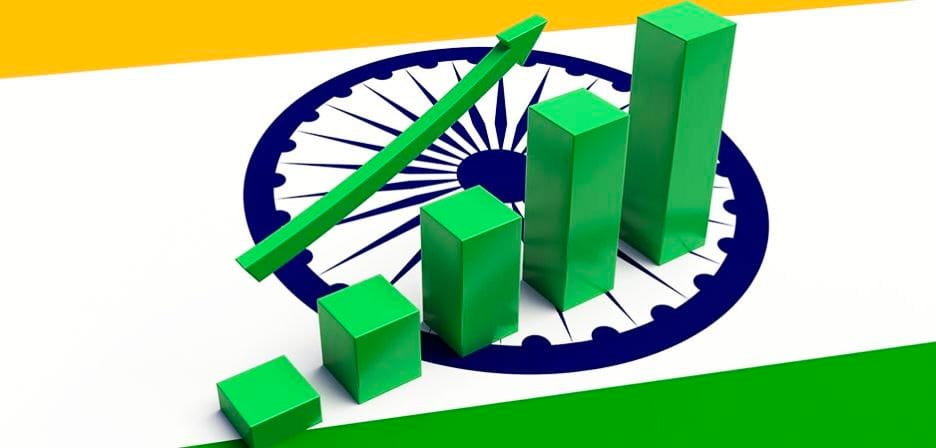Explain The Phase’s And Generations of Economic Reforms in India
Phases and Generations of Economic Reforms in India
India’s economic reforms can be broadly categorized into different phases and generations, reflecting the evolution of policy changes and their impact on the economy. Here is a detailed explanation of these phases and generations:
Phases of Economic Reforms
1. First Phase (1980s): Pre-Liberalization Efforts
Before the major economic liberalization of the 1990s, there were initial attempts to reform the Indian economy during the 1980s. These efforts were limited but set the groundwork for more comprehensive reforms later.
- Industrial Policy Reforms: Gradual deregulation of certain industries, allowing more private sector participation.
- Export Promotion: Introduction of measures to promote exports and reduce the trade deficit.
- Partial Liberalization: Steps towards reducing bureaucratic control over businesses, albeit in a limited manner.
2. Second Phase (1991-2000): Structural Adjustment and Liberalization
The second phase marks the beginning of comprehensive economic reforms initiated in response to a severe balance of payments crisis in 1991.
- Macro-Economic Stabilization: Measures to stabilize the economy, including devaluation of the rupee, reduction in fiscal deficit, and control of inflation.
- Trade Policy Reforms: Significant reduction in import tariffs, removal of import licensing, and promotion of exports.
- Industrial Policy Reforms: Abolition of industrial licensing for most sectors, disinvestment in public sector enterprises, and encouragement of private sector participation.
- Financial Sector Reforms: Liberalization of interest rates, reduction in statutory pre-emptions, and reforms in the banking and capital markets.
- Foreign Investment Reforms: Liberalization of Foreign Direct Investment (FDI) policies, allowing greater foreign equity participation.
3. Third Phase (2000-2010): Consolidation and Expansion
The third phase focused on consolidating the gains from the earlier reforms and expanding the scope to include more sectors and deeper integration with the global economy.
- Further Liberalization: Continued reduction in trade barriers and simplification of FDI procedures.
- Tax Reforms: Introduction of the Value Added Tax (VAT) to replace multiple indirect taxes and streamline the tax system.
- Infrastructure Development: Emphasis on improving infrastructure, including telecommunications, power, and transport through public-private partnerships (PPPs).
- Financial Sector Deepening: Strengthening of regulatory frameworks, introduction of new financial instruments, and promotion of financial inclusion.
4. Fourth Phase (2010-Present): Inclusive Growth and Structural Reforms
The most recent phase focuses on inclusive growth, addressing socio-economic challenges, and implementing structural reforms to sustain high growth rates.
- Goods and Services Tax (GST): Introduction of GST in 2017 to create a unified tax structure, replacing multiple indirect taxes.
- Direct Benefit Transfer (DBT): Implementation of DBT to streamline subsidy distribution and reduce leakages.
- Make in India: Initiative to boost manufacturing, increase FDI, and create jobs.
- Start-Up India: Encouragement of entrepreneurship and innovation through various support measures.
- Labor Reforms: Simplification and consolidation of labor laws to promote ease of doing business.
- Digital India: Initiative to promote digital infrastructure and increase digital literacy.
Generations of Economic Reforms

The economic reforms in India can also be classified into different generations, reflecting the depth and focus of the changes introduced.
1. First Generation Reforms (1991-2000)
These reforms were aimed at addressing the immediate economic crisis and laying the foundation for a market-driven economy.
- Trade Liberalization: Reduction of tariffs and removal of import licensing.
- Industrial Deregulation: Abolition of industrial licensing for most sectors.
- Financial Sector Reforms: Liberalization of interest rates and banking reforms.
- Foreign Investment: Liberalization of FDI policies.
2. Second Generation Reforms (2000-2010)
These reforms aimed at deepening the initial reforms and expanding their scope to ensure sustained economic growth.
- Tax Reforms: Introduction of VAT and preparation for GST.
- Infrastructure Development: Focus on improving physical infrastructure.
- Further Financial Sector Reforms: Strengthening regulatory frameworks and promoting financial inclusion.
- Governance Reforms: Improving governance and reducing corruption.
3. Third Generation Reforms (2010-Present)
The third generation of reforms focuses on inclusive growth, structural adjustments, and modernization of the economy.
- GST Implementation: Creation of a unified tax system.
- Direct Benefit Transfer (DBT): Efficient subsidy distribution.
- Make in India and Start-Up India: Promoting manufacturing and entrepreneurship.
- Labor and Land Reforms: Simplification of labor laws and efforts to reform land acquisition policies.
- Digital Initiatives: Promoting digital infrastructure and services.
Impact of Economic Reforms
- Economic Growth: India’s GDP growth rates improved significantly, leading to higher income levels and better standards of living.
- Foreign Investment: Substantial increase in FDI and portfolio investment, bringing in capital, technology, and management expertise.
- Industrial Growth: Expansion of the private sector and increased competitiveness of Indian industries.
- Global Integration: Greater integration with the global economy, resulting in increased trade and investment.
- Infrastructure Development: Significant improvements in telecommunications, power, and transportation infrastructure.
- Financial Sector Development: A more robust and stable financial sector capable of supporting economic growth.
Overall, The Economic Reforms in India have been instrumental in transforming the country into one of the fastest-growing major economies in the world, creating a more open, competitive, and vibrant economic environment.
Share this content:
Leave a Reply